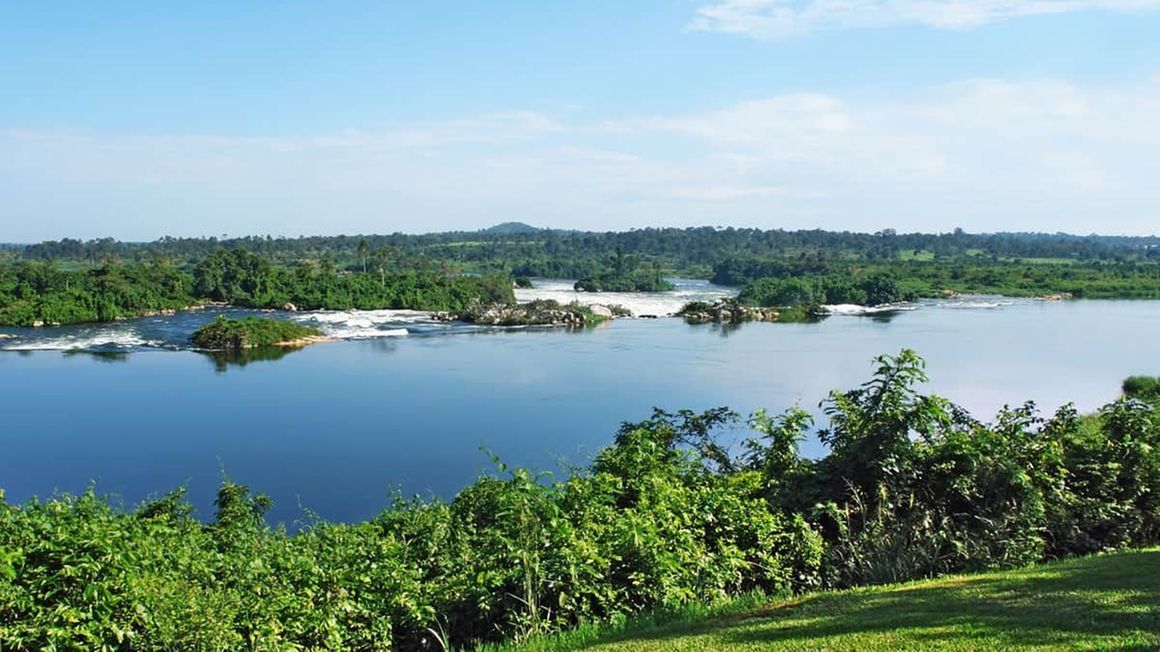Dar es Salaam. Tanzania is projected to have the highest number of internal climate migrants in the Lake Victoria Basin by 2050 as the continent is hit hardest by
climate change, with up to 86 million Africans forced to migrate within their own countries by 2050, the World Bank has revealed.Ahead of the COP26 Glascow Conference on Climate Change next week, the World Bank has released two new reports in the Groundswell Africa series, which focus on internal climate migration in West Africa and the L. Victoria Basin.
This report reaffirms the climate change potency to drive internal migration in the L. Victoria Basin.
The World Bank Vice President for Eastern and Southern Africa, Mr Hafez Ghanem, said Tanzania and Uganda are projected to have the highest numbers of internal climate migrants by 2050, reaching a high of 16.6 million and 12.0 million respectively, under the pessimistic scenario - which combines high emissions with unequal development pathways. This will be followed by Kenya (7.6 million), Rwanda (1.2 million), and Burundi (1.0 million).
In view of this, collective action to promote green, inclusive, and resilient development could, however, reduce the scale of climate migration by 30 percent in the Lake Victoria region - and as much as 60 percent in West Africa.
He said the analysis also includes consideration of non-climate factors. “The countries will see an emergence of climate in- and climate out-migration hotspots as early as 2030, but with continued spread and intensification by 2050,” he said.
Concrete climate and development action could reduce the scale of internal climate migration across the Basin countries by 30 percent. No country in the Lake Victoria Basin is immune to internal climate migration. But, there are differences among countries depending on their demographic, economic, and climate trends, he said.
The report presents the Migration and Climate-informed Solutions (MACS) framework that brings together domains of action, buttressed by core policy areas, to reduce the scale of climate-induced migration, usher in social and economic transformations, and reduce vulnerabilities.
This anticipatory approach will ensure that the countries in the Basin are braced not just for the challenges but have the readiness to harness the opportunities of internal climate migration. The urgency to reduce greenhouse gases remains paramount to reduce the scale of climate impacts that could otherwise drive increased levels of climate migration. But, the window of opportunity is rapidly narrowing, the Report cautions.
“Investments in resilience and adaptation can promote green industries, and when paired with investments in health, education, the digital economy, innovation, and sustainable infrastructure, they also have tremendous potential to create climate-smart jobs and boost economic growth,” asserts Ghanem.
“As part of this, a focus on women’s empowerment is critical to improve human capital and to reap the demographic dividend—significant aspects of building climate resilience in the years to come.”
The scale and trajectory of climate-induced migration across Africa will require countries to take bold, transformative actions: net-zero targets: the global community has the responsibility to cut greenhouse gas emissions to reduce the scale and reach of climate impacts.
Locality and context matter: countries will need to embed internal climate migration in far-sighted green, resilient, and inclusive development planning across Africa.



No comments:
Post a Comment